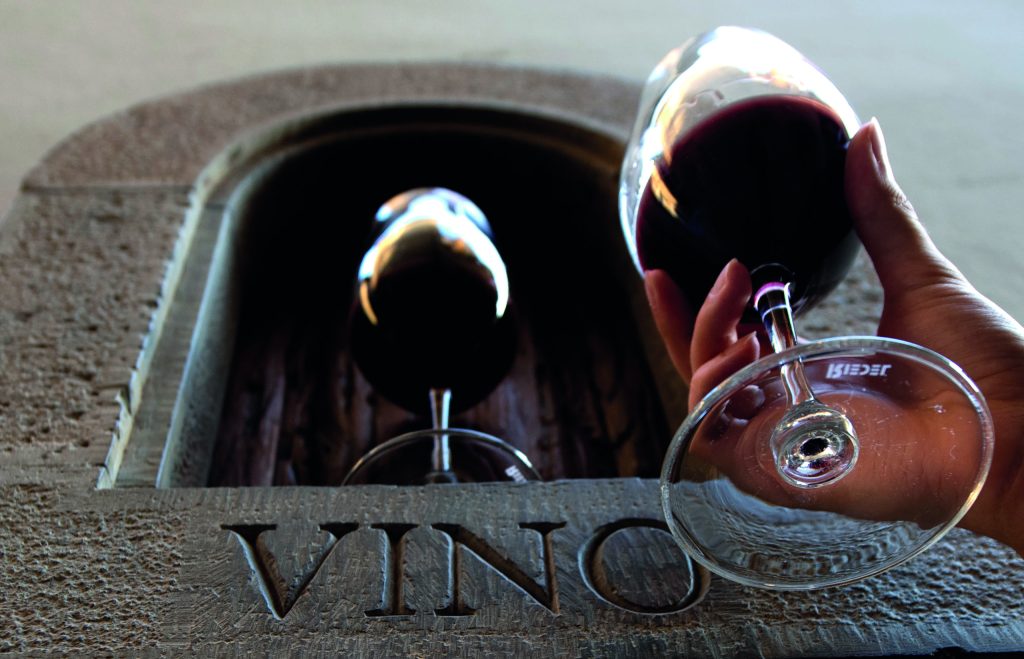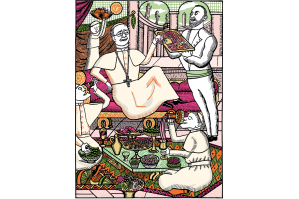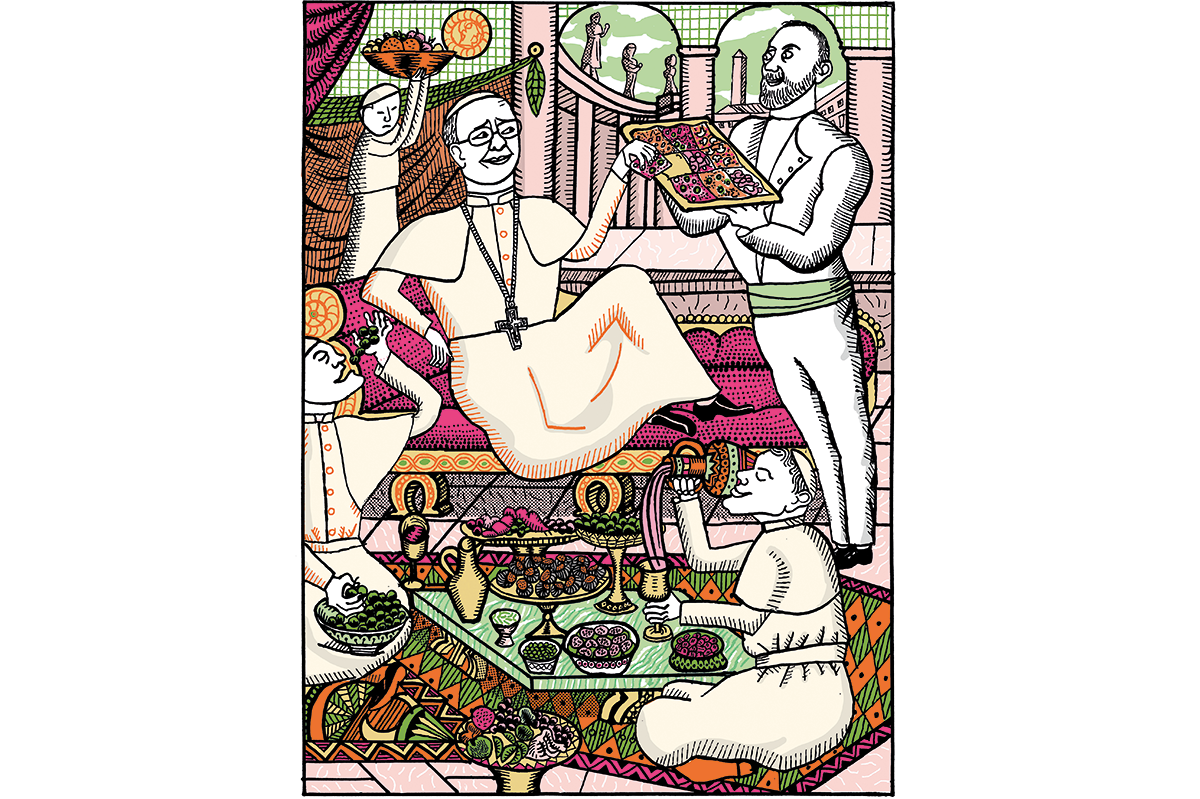Stroll around Florence and you’ll notice little ornate openings embedded in the walls of Renaissance palazzos. They look like doorways for tiny people, though they would have to be quite athletic tiny people, as the openings are three feet off the ground. But they’re not entrances for Tuscan pixies — they’re for selling wine.
There are more than 150 buchette del vino dotted around the city and they date back to the 17th century. You’d knock on the door, hand over some money and a bottle, and the mysterious person behind the wall would fill it full of wine. It wouldn’t have been just any old plonk either; the great merchant houses of the city like Frescobaldi, Ricasoli and Antinori, who still make some of Tuscany’s best wines, would sell in this way.
Selling directly to the public was a way to avoid tax, and the windows meant that aristocratic families could do this with as little contact as possible with the sweaty nightcaps of Florence. These little doors really came into their own from 1629 to 1631, when the bubonic plague ravaged the Italian peninsula. Here was a great way to sell without human contact. Vinegar would have been used to sterilize containers and money.
This unusual method of selling wine persisted until the 20th century, when many merchant families moved out of the city and their palazzos became apartments or hotels. By this time, most customers bought wine from shops and bars, so the windows became redundant. Many were blocked up or vandalized, until in 2016 the Associazione Culturale Buchette del Vino was set up to protect these Florentine architectural quirks.
Still, until recently very few were actually selling wine. Now, however, there’s a new plague in town. Italians, normally so keen to hug and kiss each other, have been forced into social distancing, and it has given these wine windows a new lease of life. Long dormant holes are opening up all over the city — and this time they’re not just selling wine, but cocktails, snacks and ice cream.
There’s something romantic about the interaction between people through such tiny apertures. One can imagine a modern couple falling in love like in the story of Pyramus and Thisbe as told by Ovid, Shakespeare, and, most famously, Florence’s own Giovanni Boccaccio in the Decameron. Though hopefully with a happier ending. Wine windows are only found in Tuscany but the Italians seem to have a taste for these sorts of cloistered transactions. There are still nunneries in Sicily where the nuns, who aren’t allowed contact with the outside world, make a living selling their exquisite pastries through a barred window.
The nearest thing in English history was, as you might expect, somewhat boozier. During the 18th-century gin craze, there was a door in Smithfield with a cat carved into it. To get their fix, gin lovers would put their money in the cat’s mouth, shout the order, and gin would be dispensed out of the cat’s paw. Not quite so romantic, but definitely something that may warrant a comeback if, heaven forbid, we’re forced into another lockdown.
This article was originally published in The Spectator’s June 2021 World edition.

























